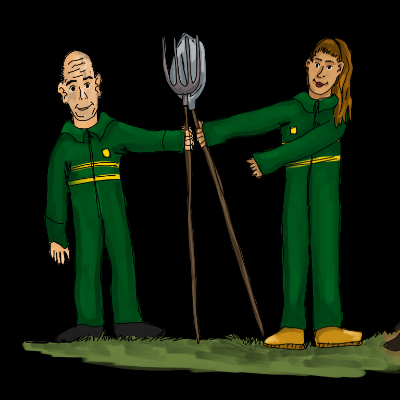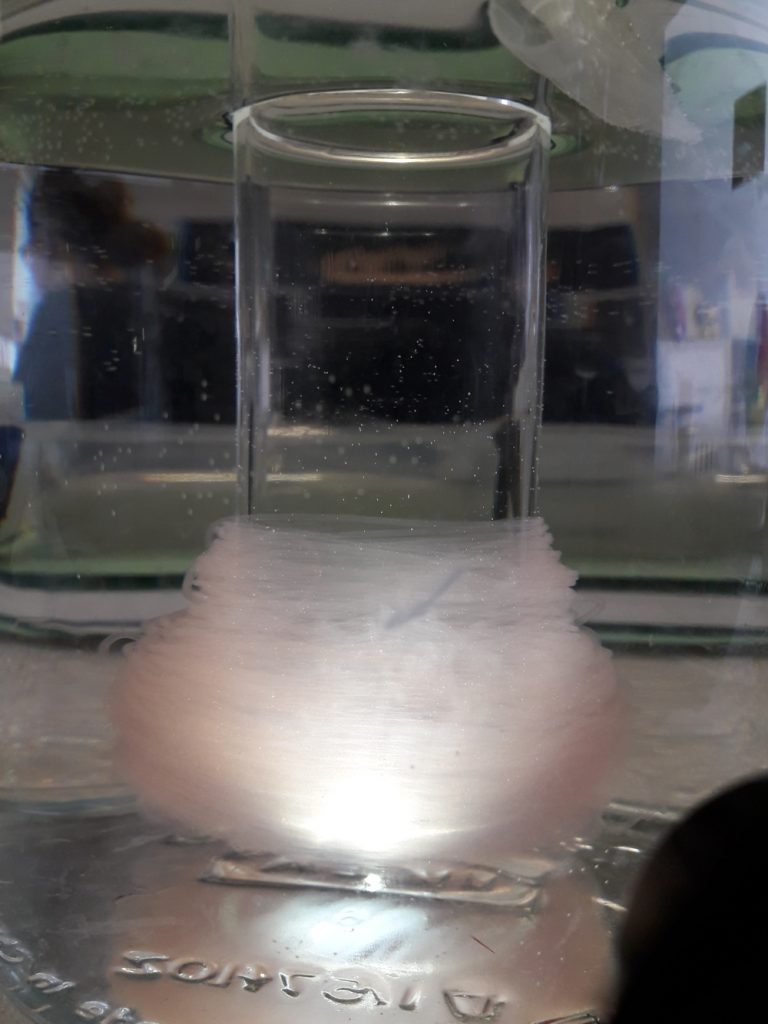Honorable Mention
The Town of Sharing is Caring
Amalie Aadalen, Elias Rølvåg Horsgård, Henning D. Nygaard & Andrea Skovdahl
The Oslo School of Architecture and Design, Norway
The system today contains several problems within these three main areas: social, production and land use.
Social
In Norway, being a farmer is considered to be a lonesome and undesirable occupation. Back in the days, the farm used to be a place for work and socialization. Today however, there are fewer jobs and less people at the farms and in the districts in general. This leaves hard work and long hours for the farmer and contributes to urbanization.
Production
Despite the workload and long hours there is little profit to be made by the farmer. Distributors and suppliers acting as the middle man between farmer and consumer takes a big chunk of the profit-pie making it hard to change production and investing in new innovations.
And the consumers values and habits contributes to a constant battle to lower the prices, in the end really just affecting the farmer as the import and food waste increases.
Land Use
It is also important to exploit the potential in the little farmable land Norway has (only 3%). Much of the land is producing animal feed and yet we have great potential in outfield pasture.
Concept
An arrangement and culture between farmers located close together of sharing their equipment and at the same time creating an arena for sharing knowledge and skill. This would start off with a small circuit of farmer-friends who team up before it over time evolves into a model of how to operate a farm. When keeping the circles small, farmers are more likely to trust each other with their equipment, more willing to share and more willing to invest in new equipment together with each other. Of course some equipment such as basic tractors will not make sense to share. A potential problem is that some equipment is needed at the very same time which makes a potential pain point.
However, this concept will make it easier to change production both because of the easy accessibility to a range of farming equipment and also the easy accessibility to knowledge, a helping hand and a second opinion. This will make it easier to keep the soil cultivable over longer periods of time.
The main motivation for implementing this intervention will be the cost saving effect it has. By sharing equipment, knowledge and skill among people who know each other will spread the cost and create more economic freedom. It will also create a professional community that the farmer has been missing and contribute to making it a more social occupation.
This sharing mentality and community will also have great benefits and influence on other problematic areas in the food system and society. For starters it will make it easier financially for small farmers to survive as the costs of equipment are shared.
It would e.g. provoke innovation as there is more conversation around problems and opportunities, and networking will contribute to the possibility of realization. This again could lead to jobs and attractiveness of living in the districts.














